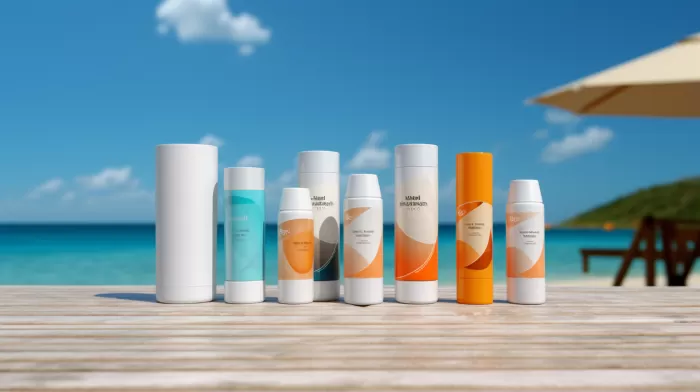In an age where skin cancer is a real and present danger, you surely have a bottle of high SPF sunscreen on hand to protect yourself from the sun’s harmful rays. While this seems like the safe and responsible thing to do, what you might not know is that not only do many sunscreens contain hazardous ingredients, but up to 73 percent of them underperform when it comes to protecting your skin. In fact, high SPF sunscreens may be underdelivering on sun protection while exposing you to unsafe chemicals.
High SPF Sunscreens: What You Need to Know
Each year, the Environmental Working Group (EWG) publishes a Sunscreen Guide which highlights the safest sunscreens on the market and the ingredients you should avoid. For 11 years running, the EWG has acted as a reliable resource for people seeking information about their personal care products.
The efficacy of high SPF sunscreens is a main point of concern in this year’s edition of the Sunscreen Guide. High SPF sunscreens of 50 SPF or greater are not providing the protection they promise. In fact, while you may think you are receiving twice the protection from an SPF 100 sunscreen than you would with SPF 50, in reality, you are only receiving one percent more protection.
That’s right: SPF 100 sunscreens block 99 percent of UVB rays, whereas SPF 50 sunscreens block 98 percent. This surprisingly small difference calls into question the effectiveness of high SPF sunscreens when compared to their lower SPF counterparts.
Inconsistent Results and Dangerous Ingredients
A study by Proctor & Gamble found that not only do high SPF sunscreens promise more sun protection than they deliver, but their efficacy also varies depending on the lab conducting the tests. The competitor SPF 100 sunscreen they tested performed at levels ranging from an SPF 37 sunscreen to that of an SPF 75 sunscreen.
These products offer some sun protection but fall quite short of the sun protection levels listed on their labels. Additionally, the chemical concentrations in high SPF sunscreens are significantly higher than those in sunscreens with lower SPFs, potentially exposing you to harmful substances.
The Safer Sunscreen Solution
To protect your skin without undue exposure to chemicals, the EWG recommends using a sunscreen with SPF 30 to 50. This range should provide adequate protection for all skin types, even those who are extremely sensitive to the sun.
When purchasing sunscreen, opt for a brand that is free of oxybenzone, a hormone disrupter, as well as retinyl palmitate, a derivative of vitamin A that has been linked to cancer. Also, be on the lookout for parabens. If you want to ensure that you’re getting the best possible product for your skin, checking the Environmental Working Group’s database of the safest, most effective sunscreens is a good place to start.
Avoiding harmful chemicals while staying protected from the sun may seem like a tall order, but by staying informed and making smart choices, you can minimize your risk of sunburn and skin cancer without compromising your health in other ways. Keep in mind that not all high SPF sunscreens are created equal and that many may not offer the sun protection you expect. Stay smart and be cautious when choosing your sunscreen so that you can fully enjoy your time in the sun.



